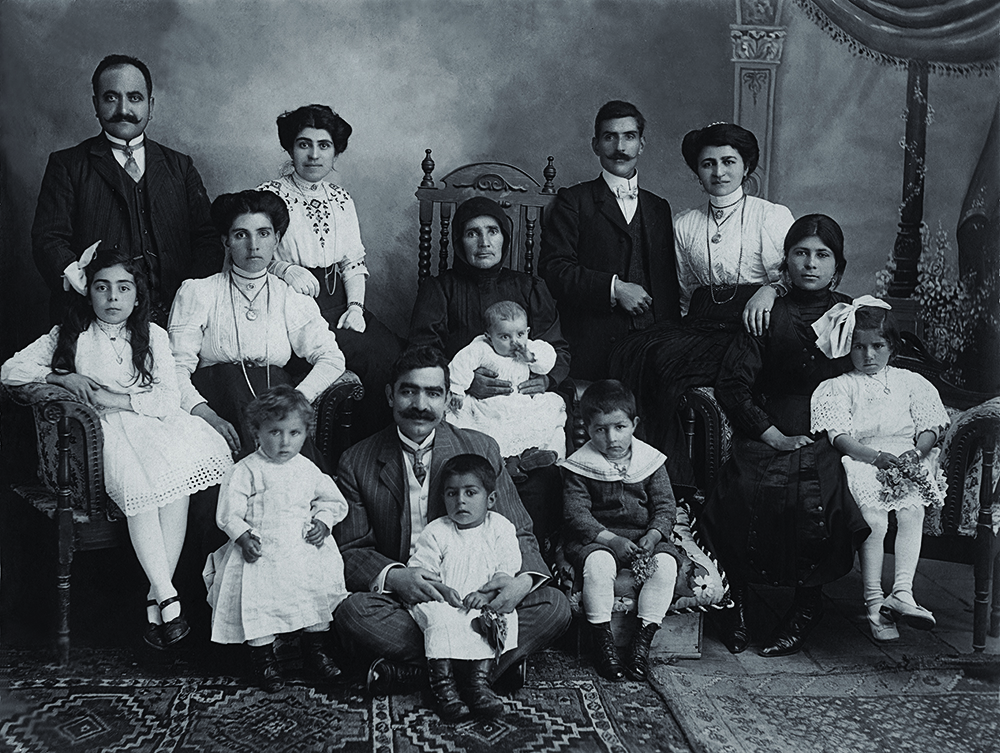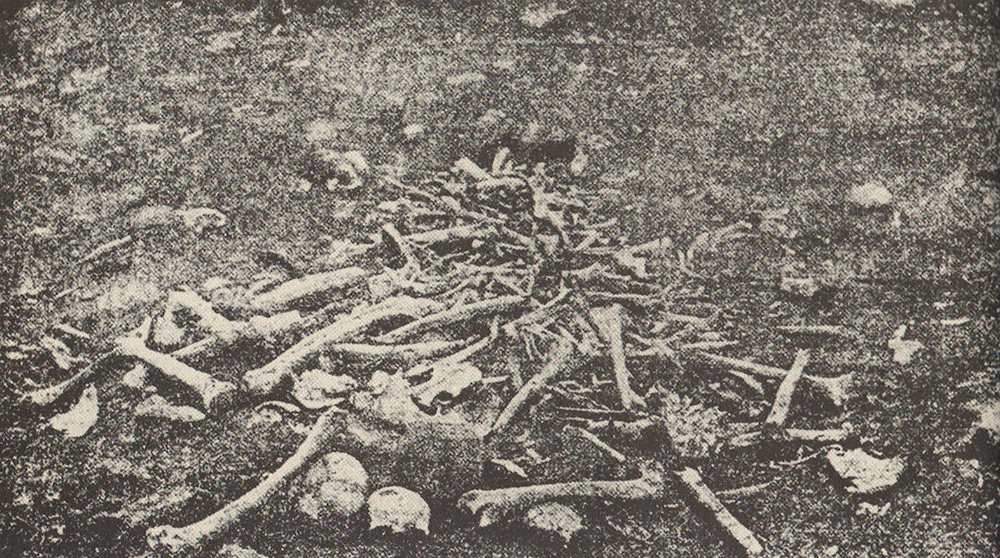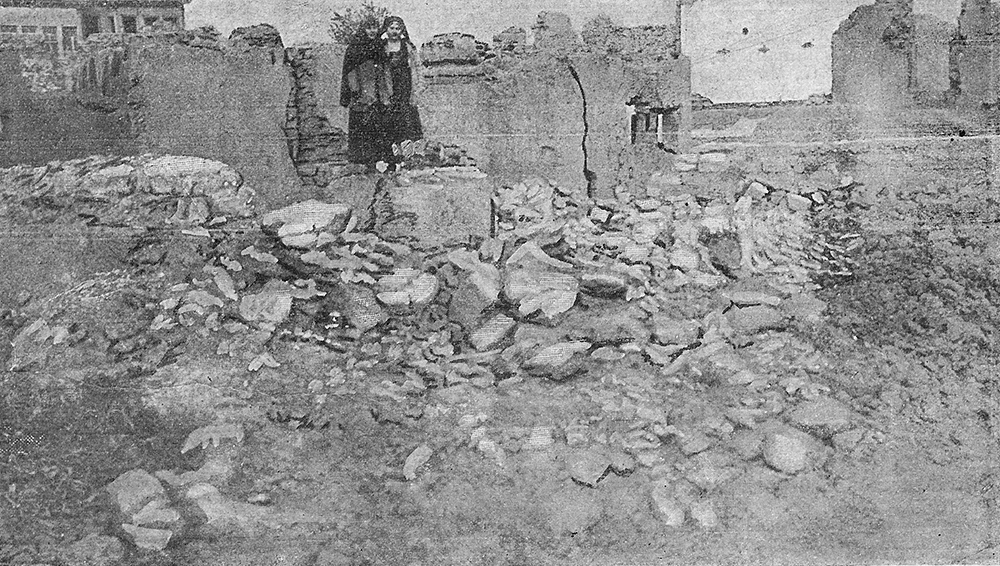07.07.2017
Alevi Hasan Dvin living in Germany handed to Armenian Genocide Museum a mirror, which was appeared near his grandfather in 1915.
Hasan was born in historical Yerznka. The mirror with a wooden case was given to Hasan’s grandfather by his Armenian neighbors during the deportation and atrocities against the Armenians hoping that one day they would be able to take their belongings back.
Unfortunately, as it is known Yerznka is one of those most suffered regions from the Turkish atrocities. Almost all the Armenians of Yerznka were deported and brutally killed. The intellectuals of the place were also arrested and shot dead.
In May 1915, by the command of the Turkish authorities the Armenian population of Yerznka was deported and most of them were killed in Kemak gorge. Very few of them managed to find shelter in the nearby mountains and forests.
Hasan had known from childhood that some items belonging to an Armenian family were kept in their house. Afterwards those items were shared between family members.The wooden framed simple mirror had been Hasan’s part. After his father has passed away Hasan has moved to Germany and took that mirror with him. He always has been interested about whom that mirror had belonged and if the relative of its owner are alive.
Last year Hasan had a visit to Armenia and therefore to the Armenian Genocide Museum and that time he decides to hand over the mirror to the Genocide Museum.
“The mirror was kept in our house. We used to tell the story of the mirror to all our guests. It happened that many people of different nationalities couldn’t resist their tears upon hearing the story. It is a matter of conscience, as Victor Hugo has said; Conscience is God present in man”, said Hasan Dvin and calls on his compatriots to give all the belongings of the Armenians to the Armenian Genocide Museum.
AGMI Chief Funder Gohar Khanumyan considers this fact as unique: “This is an unprecedented event, because since now, all those who donated to the Genocide Museum were only the heirs of the survivors of the Genocide transferring relics belonging to their families”.

The historical mirror which belonged to an Armenian family from Yerznka.

Palanjian family from Yerznka (1903).
Only Shushanig Palanjian could survive the genocide (the first girl on the right).

The relics of Armenians victims of Armenian Genocide, in the location where it was planned to build a theatre.

The Armenian district of Yerznka after the massacres.





